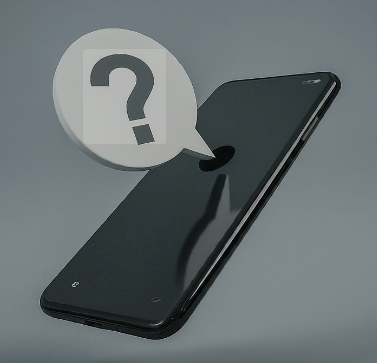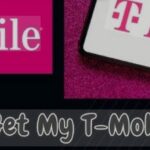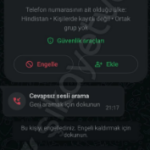Receiving a text message from a 5-digit number like the 73981 short code can be puzzling. This particular number is well-known in financial circles, as it is officially used by Bank of America for a critical security feature. However, its legitimate use has also made it a tool for sophisticated scams.
This article will explain the official purpose of the 73981 short code, detail the fraudulent activities associated with it, and provide clear guidance on how to protect your financial information.
The Legitimate Use: Bank of America’s SafePass
The 73981 short code is the legitimate number used by Bank of America to send one-time verification codes as part of its “SafePass” service. This is a form of two-factor authentication (2FA) designed to add an extra layer of security to your online banking.
When you perform certain sensitive actions on your Bank of America account, such as logging in from an unrecognized device, transferring funds, or changing personal information, the bank will send a unique, temporary code to your registered mobile number from 73981. To complete the action, you must enter this code on the Bank of America website or app. This process helps to verify that it is indeed you who is accessing the account.
The Scam: How Fraudsters Exploit the 73981 Short Code
Because customers are accustomed to receiving legitimate codes from this number, scammers have developed schemes to exploit this trust. The primary scam involves social engineering to trick you into revealing the SafePass code sent to your phone.
Here’s how the scam typically unfolds:
- The Bait: You receive an unsolicited and alarming phone call, text, or email that appears to be from Bank of America. The message might falsely claim there has been a fraudulent transaction on your account or that your account is locked.
- The Action: While communicating with you, the scammer goes to the real Bank of America website and initiates a password reset or a transaction using your stolen username and password (which they may have acquired from a data breach or other phishing attempts). This action triggers a legitimate SafePass code to be sent to your phone from the 73981 short code.
- The Trap: The scammer, often pretending to be a bank employee helping you secure your account, will then ask you to read the code back to them for “verification purposes.”
If you share this code, you are effectively giving the scammer the key to your account. They can then log in, change your password, and potentially drain your funds.
How to Protect Yourself

Distinguishing between a legitimate request and a scam is crucial. Here are the key rules to follow:
- Never Share Your Code: A real Bank of America employee will never call or text you to ask for a SafePass code. These codes are for you to enter directly into the official website or app. This is the most important rule to remember.
- Initiate the Action Yourself: You should only expect a text from 73981 when you have just taken an action that requires verification. If you receive an unsolicited code, it’s a major red flag that someone else is trying to access your account.
- Be Wary of Urgent Requests: Scammers create a false sense of urgency to pressure you into making mistakes. Always take a moment to think before acting on any unexpected security alert.
- Contact the Bank Directly: If you receive a suspicious message or call, hang up and contact Bank of America using the official phone number on the back of your debit card or on their secure website. Do not use any contact information provided in the suspicious message.
If you receive an unsolicited 73981 text message, do not reply. Instead, immediately log in to your Bank of America account (by typing the website address directly into your browser) to ensure your credentials are secure and consider changing your password as a precaution.


